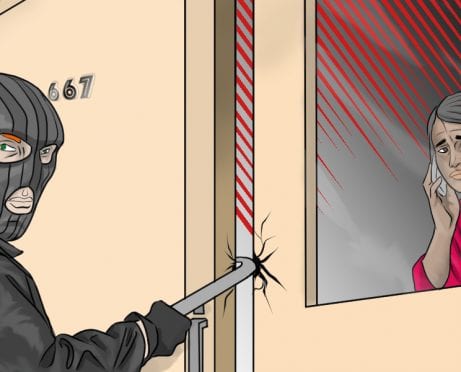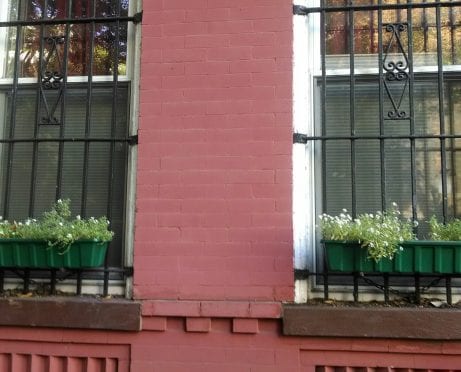
 There’s an inconvenient question that people almost never ask in the world of real estate: what if you can’t sell your home? I should know – I was stuck in that exact situation for two years.
There’s an inconvenient question that people almost never ask in the world of real estate: what if you can’t sell your home? I should know – I was stuck in that exact situation for two years.
Rewind to 2014: my husband and I had finally decided to move out of Alaska. I had completed my education, and now it was his turn. He wanted to study in a specific field – construction management – and one of the best schools for that, Colorado State University, also happened to be right near his family, whom he hadn’t seen in years. It was a no-brainer.
That spring, we decided to list our home before moving to Colorado in September. We sat down patiently with a real estate agent who asked us a bunch of questions about our house. Did it have a wood stove? No. Did it have a garage? No.
Apparently, our home wasn’t the quaint Alaskan hideaway that most people were looking for.
All the same, our agent assured us that our home would sell quickly. Our only concern was that we would sell our home too soon, and have to find a short-term rental until we were ready to leave.
Get a Free Home Warranty Consultation — Visit Site >>
Deflated Expectations
We knew we had a problem when one summer passed with only a handful of showings and no offers. Most of the feedback was disconcerting – buyers really wanted a garage and a woodstove, and were willing to pass our house up for others that did have these things.
By the end of the summer, our agent called us into his office and sat us down. He explained that it was very unlikely that we’d be able to sell our house at that point – the real estate market in the area essentially shuts down in the winter.
It’s understandable – no one wants to move into a new house when it’s negative 60 degrees Fahrenheit!
At that point, our plan to sell our home was still “Colorado or Bust.” We'd leave in the fall, whether the house sold or not. We couldn’t put our future life on hold while waiting for our house to sell. Unfortunately, we would still need to pay our mortgage – an expense that we obviously couldn’t afford to pay on top of rent at our new home in Colorado. But our agent had an idea.
Get a Free Quote for a Home Improvement Loan in Minutes — Visit Site >>
Long-Term Solutions
He suggested that we rent out our home until we could sell it. So we made an appointment with a property management company to discuss how to rent out our home.
Luckily, our house was in a location that was close to a local gold mine that hired lots of people on a temporary basis – and paid them handsomely. Shortly after we left Alaska, we rented the home out on a nine-month contract, ending just in time for the spring real estate market to kick back into full gear. Even better, the amount we were receiving for rent was enough to cover the property management fees and the mortgage. All we had to do was pay for any repairs that cropped up.
The Money Pit
At the time of purchase, our home inspector was a little too casual to list out all the problems in the house. As long as we lived in the house, we were able to do many home repairs ourselves (it’s a side benefit to being married to a carpenter). Once we no longer lived in the state, we had to contract out all the repair work – and at a hefty price.
Since moving out in September 2014, we’ve spent nearly $30,000 in home repairs. We didn’t have a choice.
Because we were now landlords, we were legally obligated to make sure that the home was in safe and working condition for the tenants. That means shelling out thousands of dollars in costly repairs, if necessary.
Get a Free Quote for a Home Improvement Loan in Minutes — Visit Site >>
To make matters worse, the job situation in Colorado wasn’t what we had planned on, and the amount we spent on repairs is more than my yearly take-home pay. To say it put a strain on our financial wellbeing would be putting it mildly. Eventually, we had to file for a deed in lieu of foreclosure – and in some ways, we were lucky to even get that.











